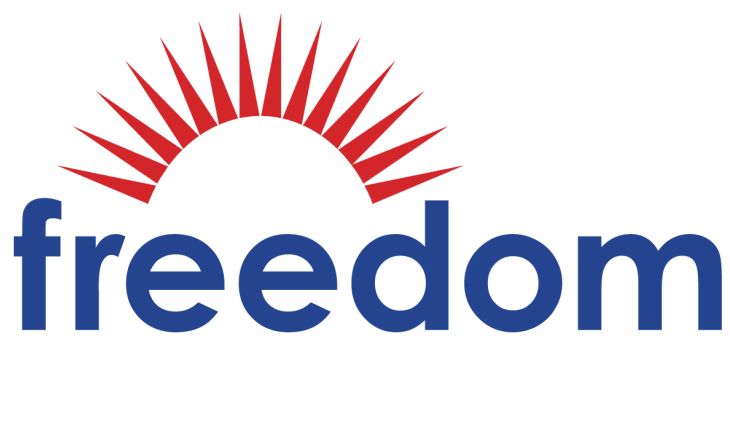Checking accounts and savings accounts have a lot of similarities, but they are used for different purposes. And when it comes to your money, where you decide to deposit it for short- or long-term plans is important.
Checking accounts are meant to hold cash for your everyday purchases, allowing you to deposit and withdraw cash quickly. Meanwhile, savings accounts, especially ones that yield high interest, provide a place to store and grow your money for longer periods of time.
Banks typically offer both options, but it’s up to you to decide how you split your funds. From a financial planning perspective, you should have about three to six months in accessible reserves, Shon Anderson, a certified financial planner at Anderson Financial Strategies, LLC, tells CNBC Select.
Since checking and savings accounts are two of the most accessible places to stash your cash, you can divide your cash between both based on when you're planning to spend it.
This is how Anderson recommends splitting it:
Checking account: 1 to 2 months of expenses
“Since your checking account is the ‘operating’ account that bills are paid out of, our recommendation is one to two months of expenses,” Anderson says.
Checking accounts offer quick and easy access to your money, and while you could incur common fees like monthly service charges, most fees are avoidable if you take action like setting up direct deposit or enrolling in paperless statements.
You can also consider a checking account without fees. CNBC Select ranked our top no-fee checking picks and below are our five favorites:
- Best overall: Capital One 360 Checking
- Runner-up: Ally Bank Spending Account (Ally's checking product)
- Best for rewards: Discover® Cashback Debit Checking
- Best for out-of-network ATMs: Alliant Credit Union High-Rate Checking
- Best for students: Chase College Checking℠
Savings account: 2 to 4 months of expenses
After allocating one to two months of your expenses into a checking account, Anderson says that the two to four months of additional reserves should be put into a savings account — specifically a high-yield savings account.
High-yield accounts can earn you over 16X more money than a traditional savings account, at no additional risk to you. And even when interest rates are low (as they currently hover around 1%), it’s still a smart move so you aren’t leaving money on the table.
“Typically the best ones are online,” Anderson says. “Connect your checking to it in order to move funds if needed. You can connect your accounts either directly if your bank allows or through a payment app like Venmo.”
Some high-yield savings accounts even offer their own checking account option. CNBC Select ranked our top high-yield savings picks and below are our five favorites:
- Best overall: Marcus by Goldman Sachs High Yield Online Savings
- Best for checking/savings combo: Ally Online Savings Account (offers checking account)
- Best for easy access to your cash: Synchrony Bank High Yield Savings
- Best for earning a high APY: Vio Bank High Yield Online Savings Account
- Best if you want extra help saving: Varo Savings Account (offers checking account)
Because they earn you a higher interest rate than normal savings account, many consumers use these types of accounts to build an emergency fund or create a safety net of short-term savings.
Learn more:
Goldman Sachs Bank USA is a Member FDIC.
Information about the Synchrony Bank High Yield Savings Account and Ally Bank Spending Account has been collected independently by CNBC and has not been reviewed or provided by the bank prior to publication.
Ally Bank is a Member FDIC.






